What my c-section taught me
As some of you know, I’ve had a baby! I had what I call a “semi-planned” c-section. I was scheduled to have it the following day but I went into labour the day before. Today’s blog is all about what I’ve learned about my body, from hormones, joints and muscles, to scars and more!
BEFORE THE OP
The importance of PREhab:
You’d heard of rehab right? The exercises you do after a surgery or injury to help you get back on track?
Well prehab is all about getting yourself in the best condition possible before an operation.
I was fortunate that I was able to stay active throughout my entire pregnancy, and was still swimming, walking dogs and mucking out horses at 41+ weeks! (Partly out of necessity as my husband had injured himself!)
I credit this for allowing me to get back to “normal” much quicker than I expected.
Make a birth plan A, and plan B:
Plan for your ideal birth, and plan for your not so ideal birth. I had a separate birth plan for a c-section which made the decision to switch to plan B slightly less scary!
Many people say that you shouldn’t make a birth plan because birth never goes to plan, and I couldn’t disagree more!
It’s much easier to make an informed choice when you’ve done the research before hand, a birth plan can be flexible. It also means that you can prep your birth partner to advocate for you if needs be.
My choice to have an elective c-sec has taught me that there’s no one-size-fits-all answer. The pros outweighed the cons for me, but they might not for you (and that’s OK).
AFTER THE OP
Motion is lotion:
Your midwives will advise you to get moving as soon as possible. It helps both your recovery, as well as to prevent blood clots.
It feels strange at first, personally I didn’t feel any pain, just weakness. Be careful getting in and out of bed; take it very slow and ask for help. Start with very short distances - just a few steps to the loo and back is enough to begin with.
You’ll probably find that the first few steps make you cringe, but you’ll surprise yourself how OK it feels once you get going.
Don’t forget to stand up straight, I kept feeling like I should be bending forwards, scared that I would do something to the incision, hunching forwards all the time will do more harm than good.
AT HOME
Just because you can, doesn’t mean you should:
I was so surprised at how good I felt after surgery that I kept overdoing it, my husband had to constantly remind me not to lift things, do housework, etc. I just didn’t feel like I’d recently had major surgery!
I had to modify some activities like walking the dog - instead I would take them to a dog park so they could run around freely and I could walk as much or as little as I needed.
Also if you’re a baby-wearer like me, don’t forget that not only are you walking, but you’re walking with an additional weight that your body isn’t used to (Well, isn’t used to being on the outside of your body at least!)
P.S. being cleared for exercise at your 6 week check doesn’t mean you should be going back to the same exercise that you did before, it means that you can start gentle rehab exercises.
Hormones affect your joints. A lot:
I’m breastfeeding which means my hormones have plummeted to the level of a menopausal woman, yay!
For the first few months after Max was born, I had horrific stiffness - particularly in my knees and ankles. I’d be limping in pain when I got up in the morning, and I only had to be sat still for a couple minutes to set it off again once I tried to move (my husband joked that this was because I was on the wrong side of 30, thanks Nick!).
The pain and stiffness didn’t start to subside until my milk supply started to regulate, which leads me to think that it was my hormones wreaking havoc on my joints. Oestrogen has an anti-inflammatory affect on the body, and I naively thought I was too young to be affected that badly, boy was I wrong! I can now empathise with my menopausal patients a bit more.
Scar massage:
I only learned about scar massage shortly before I gave birth and I’m so glad I did. Most people can start this from bout 6 weeks, if you’re unsure whether you’re ready then check with your GP or midwife.
The goal is to help prevent/reduce pain, numbness and to prevent scar tissue adhering to surrounding structures.
Being a mum IS exercise:
I haven’t practiced what I [should] preach at all in terms of doing the specific exercises that I would have prescribed my patients to do post c-sec.
But do you know what I have done? I’ve pushed the pram, I’ve worn him in the baby in a carrier every single day, I’ve thrown him in the air to make him laugh, and I’ve done endless laps up and down the stairs to and from the changing table. And trust me, that is exercise!
This is why I don’t nag my patients to do their exercises. I’m the type of person that finds setting aside time to do however many reps of whatever exercise SO BORING. I’d much rather incorporate exercise into my daily life.
Professional photos taken by @foxandbeauphotography







